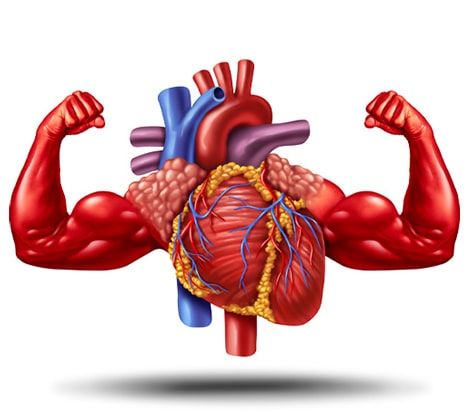
Heart muscle diseases are also known as cardiomyopathies. These diseases affect the muscles of the heart. Patients with cardiomyopathy have thickened heart muscles with scar tissues. The heart cannot pump an adequate quantity of blood to the body due to diseased muscles.